Australia is a diverse country - especially on the road.
While American, European and locally-made cars ruled initially, over the past few decades we’ve seen the Asian automotive market make its presence felt. First came the Japanese, then the South Korean cars and most recently the Chinese industry has begun to make in-roads.
Which leaves us wondering - who’s next?
One likely candidate is India, where the sales of cars continue to rise as the country’s middle-class grows and swap two-wheels for four. The Indian market is still dominated by small, affordable cars, which may not seem well suited to the Australian market at first glance. But a closer look at some India-specific models has us wishing they were available Down Under.
One thing to consider with all these models is they’re built to compete in the Indian market where safety is viewed through a different lens. Many first-time car buyers are swapping from a motorbike, so the expected level of safety is different to what we have in Australia.
Indian models are typically tested by Global NCAP (GNCAP) and there have been strides forward in recent years, but for any Indian-specific car to succeed in the Australian market it would need to ensure it met not local safety standards but also consumer expectations.
Hyundai i10
.jpg)
The South Korean company is one of the most popular car brands in India, in part because it offers something that made it popular in Australia - affordable small cars. The use of past tense was very deliberate, because Hyundai Australia has abandoned the sub-$20k small car market in recent years.
Which is where the i10 Nios enters the picture, because while the ‘light car’ market has contracted in recent years, there were still more than 40,000 sold in Australia in 2021; which actually represented a nearly 20 per cent increase on the previous year.
Hyundai may have gone more upmarket in recent years (its cheapest model is now the entry-level Venue priced from $21,240 before on-road costs) but buyers still associate it with affordable city cars like the i20, Accent and Excel.
The i10 is reasonably well-equipped on the safety front, at least for an Indian model, with anti-lock brakes and dual-airbags.
Mahindra Thar

This Indian brand has already established an initial foothold in the Australian market with its Pikup ute and has already locked in plans to introduce the Scopio-N and the XUV700 SUVs.
Both have potential but will find the going tough in the highly-competitive SUV segments, which is why we think there’s another model Mahindra should consider - the Thar.
Put simply, the Thar is a Jeep Wrangler clone - both in terms of concept and its design. Now in its second-generation (which only launched in 2020) the Thar is built to take on Indian’s rugged roads and rural areas, which should mean it’s capable of surviving in Australia’s tough conditions.
According to reports from its native country this second-generation model is a much more polished product than before, with better materials used throughout and a more contemporary design.
In India it’s available with either a 2.0-litre turbocharged petrol engine or a 2.2-litre four-cylinder turbo diesel.
Priced from approximately $A20,000 in India, even with some safety upgrades Mahindra could likely land the Thar in local showrooms for well under the $69,750 starting price for the Wrangler. In fact, if it would keep the price under $30k the Thar could even become a Suzuki Jimny rival.
Tata Punch
.jpg)
Tata is an industrial giant in India, so much so that it had the money and resources to buy Jaguar Land Rover back in 2008 and get the British brands back on track. So is now the time for its original automotive division, Tata Motors, to emerge onto the world stage - or at least the Australian market?
Tata Motors gained global fame when it launched the Nano back in 2008, which was billed as the world’s cheapest car, costing approximately $1500 when it was new. The Nano was obviously a simple car with limited performance and safety but the Tata Motors brand has come a long way since then.
The Tata Punch is a compact SUV that would compete against the likes of the Hyundai Venue, Toyota Yaris Cross and Mazda CX-3, at least in terms of size. It’s powered by a modest 1.2-litre petrol engine but is considered one of the safest Indian cars by GNCAP with a five-star rating.
Tata Nexon

If Tata Motors was to try its luck down under again and follow the example set by the Chinese-owned MG and undercut its rivals on price and value. But maintaining a focus on SUVs would also be a shrewd move given their overwhelming popularity, which is why the Nexon is on our list of cars we’d like to see here.
The Nexon is the Punch’s slightly bigger sibling and would make a suitable companion model for any potential brand launch in Australia. Available with either a petrol or diesel engine, it could be positioned as a cheaper alternative to the likes of the Toyota C-HR, Mitsubishi ASX and Hyundai Kona.
Tata Tiago
.jpg)
While the Punch and Nexon would be a great start for a refreshed Tata Motors in Australia, as we said about the Hyundai i10, there is still room in the local market for an affordable city car.
Which is what the Tiago could be, a city-sized hatch that would make a suitable rival to the MG3 and could potentially even undercut its $18,490 starting price.
When you look around the Light Car market most of the popular names are now priced above $20,000, including the Toyota Yaris, Mazda2 and even the Suzuki Swift. Although it only has a four-star GNCAP rating so would likely need some safety upgrades for local consumption, adding another truly affordable small car to the market would be a big plus in our books.



.jpg)








.jpg)
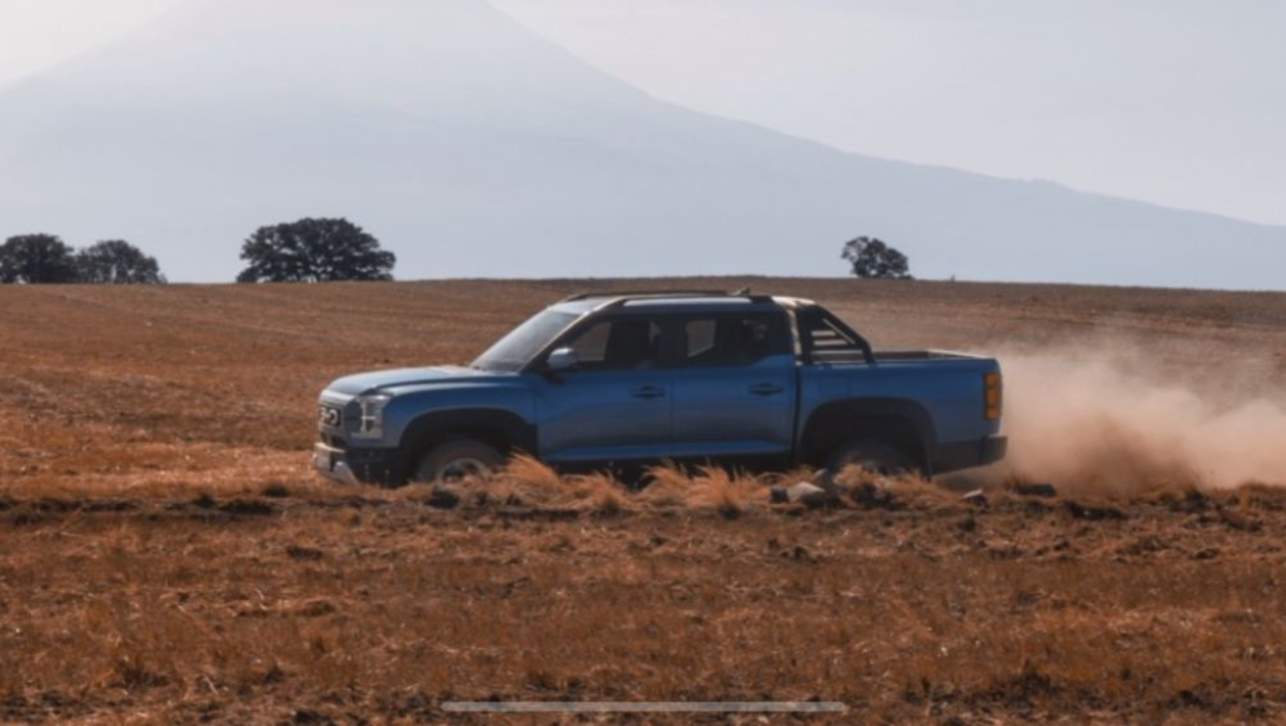
.jpg)
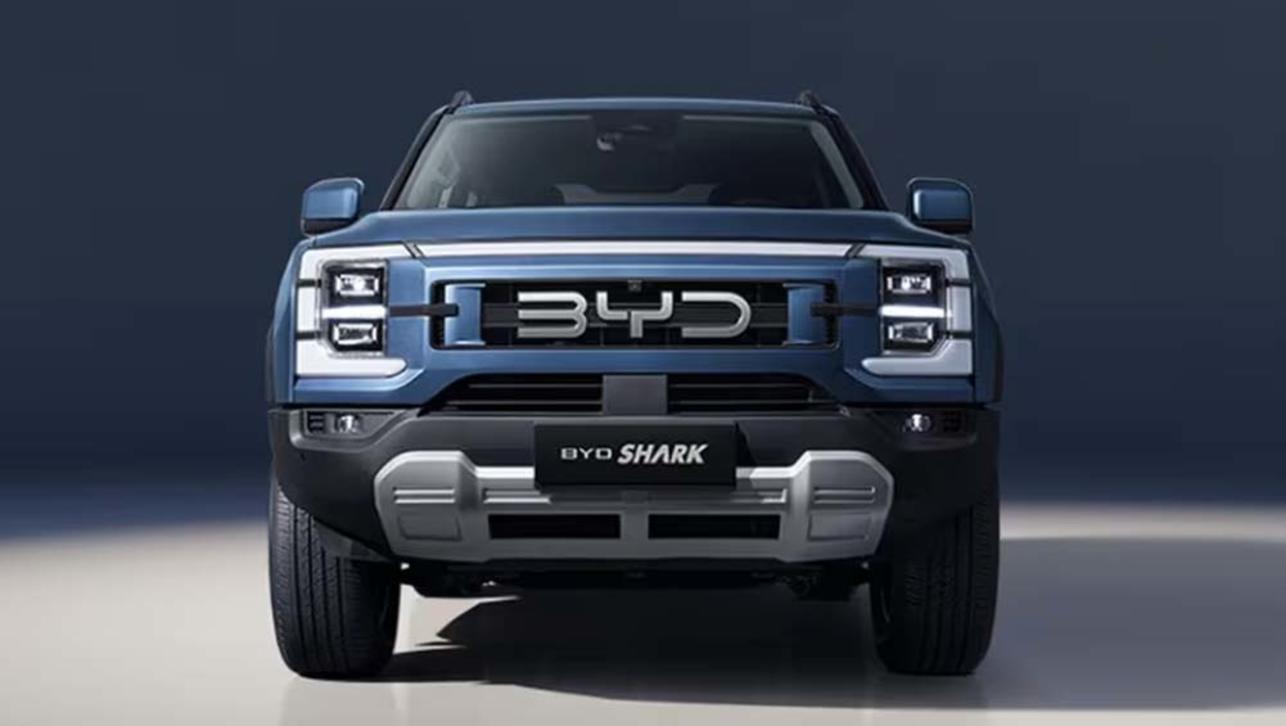
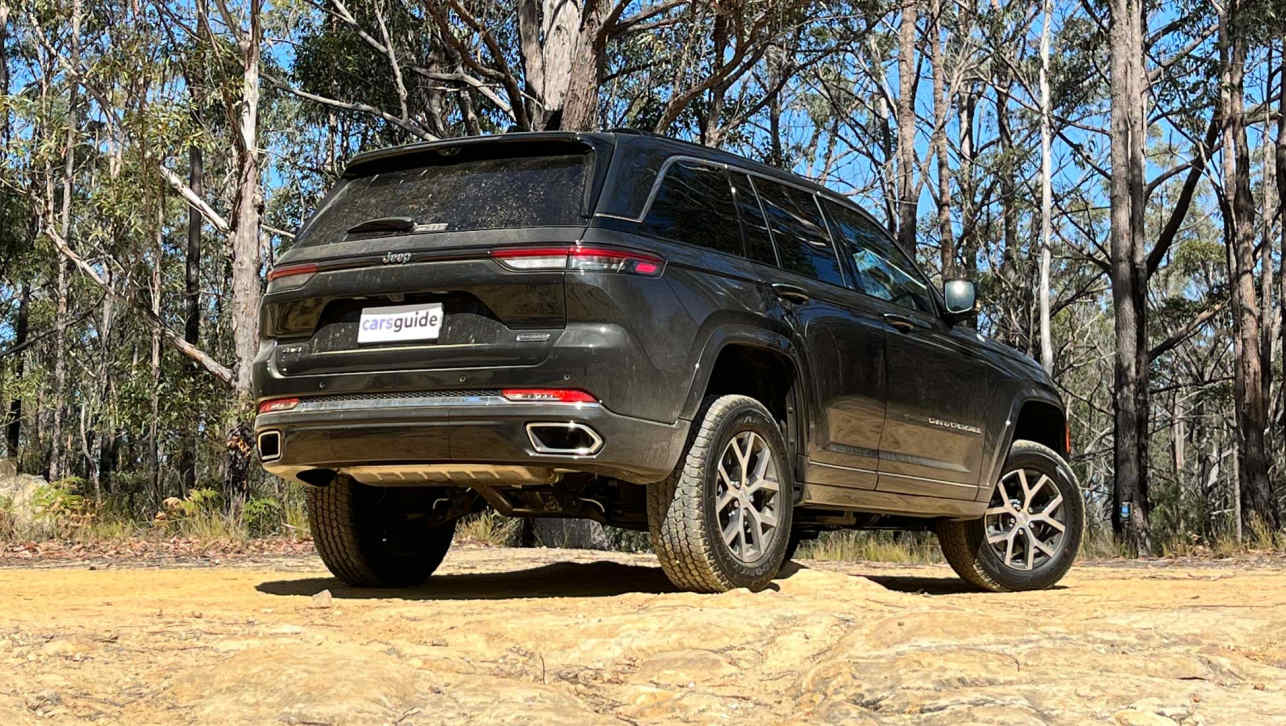
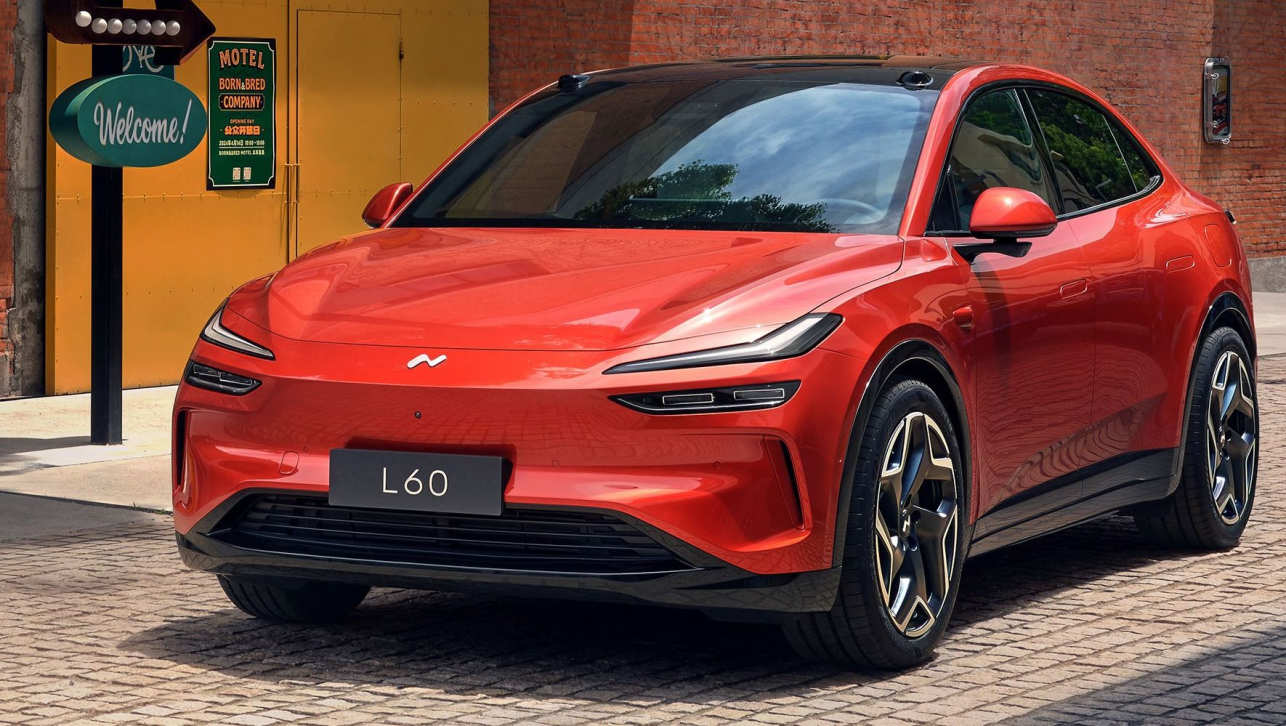


.jpg)

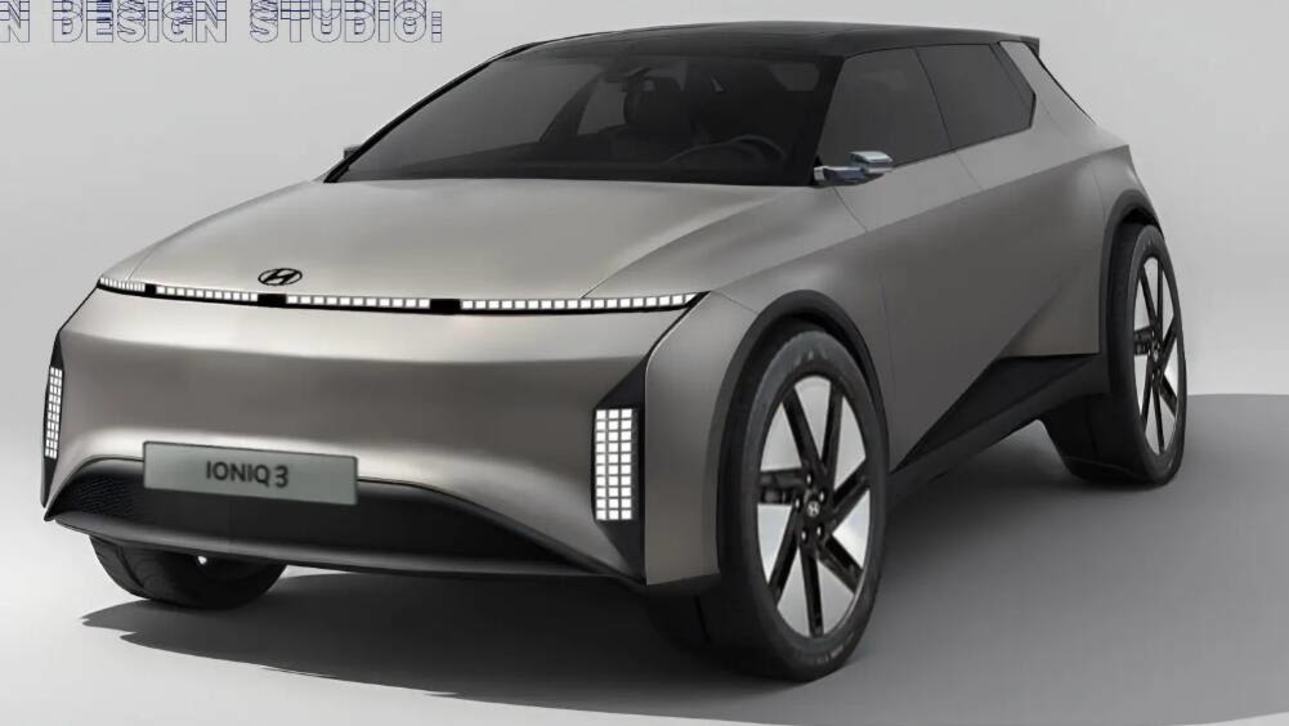
.jpg)
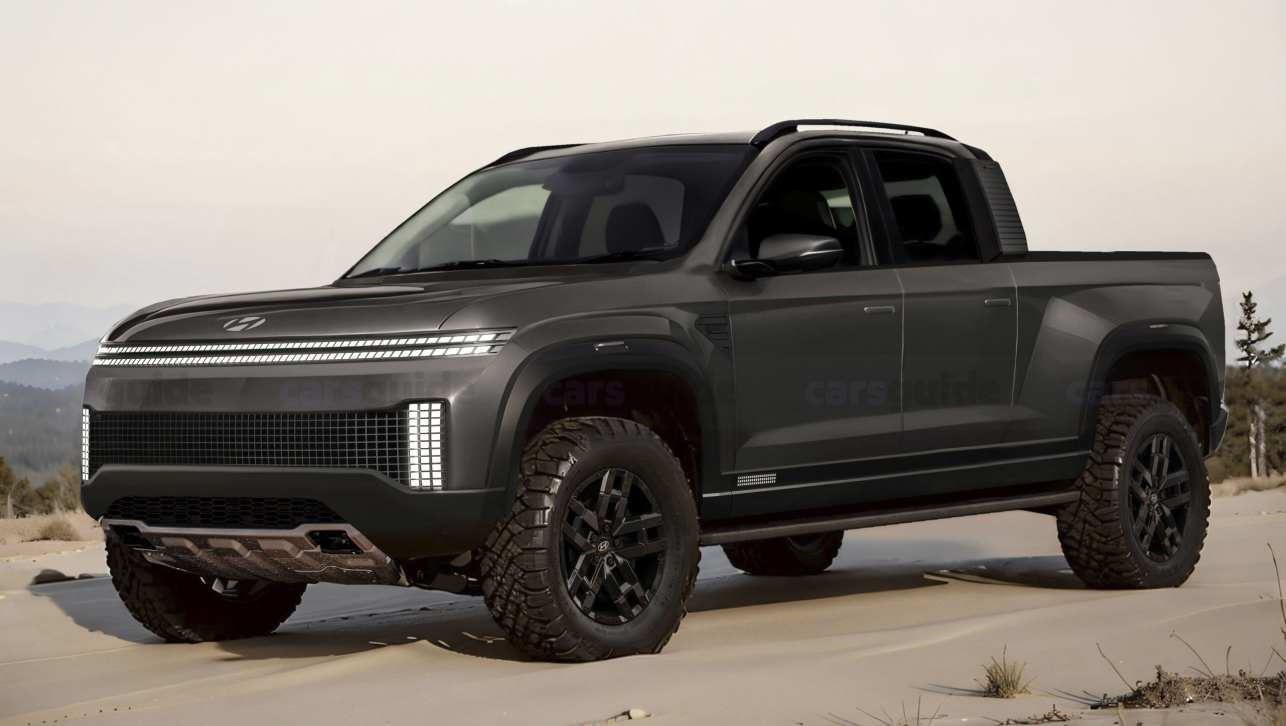
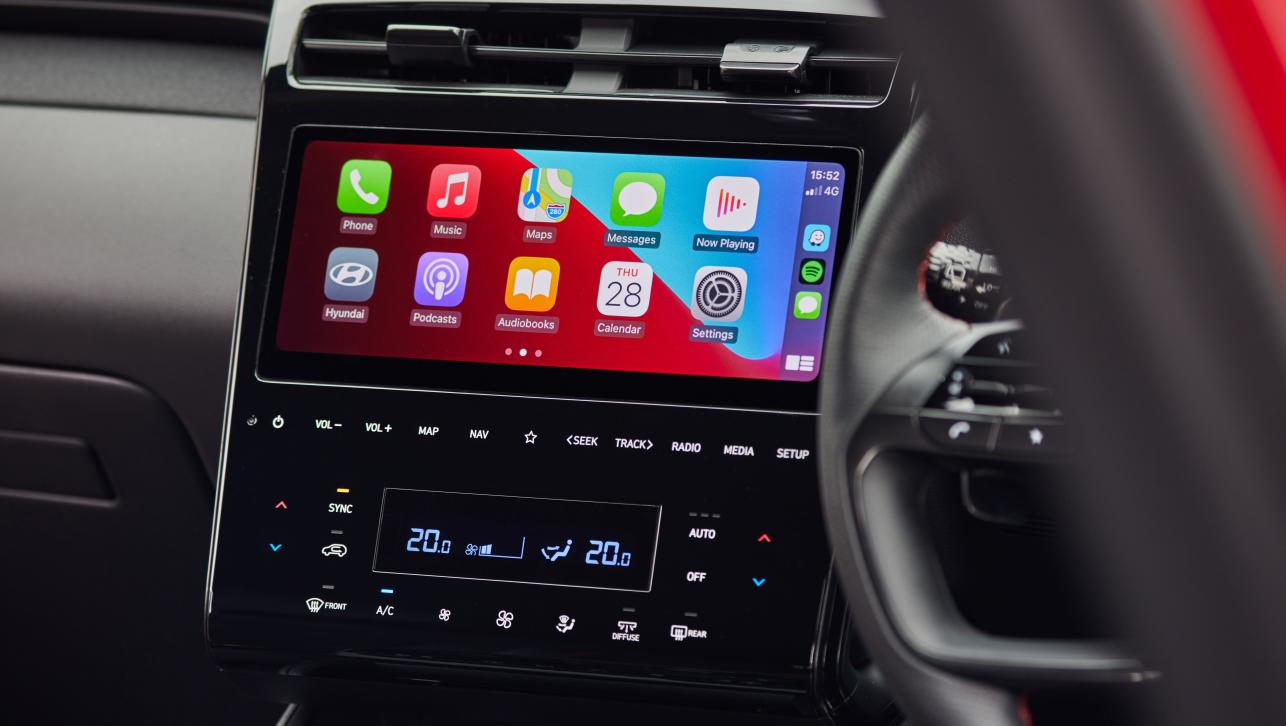


.jpg)

Comments